Innovative Team Collaboration: 3 Tools for Seamless Project Management
Read More
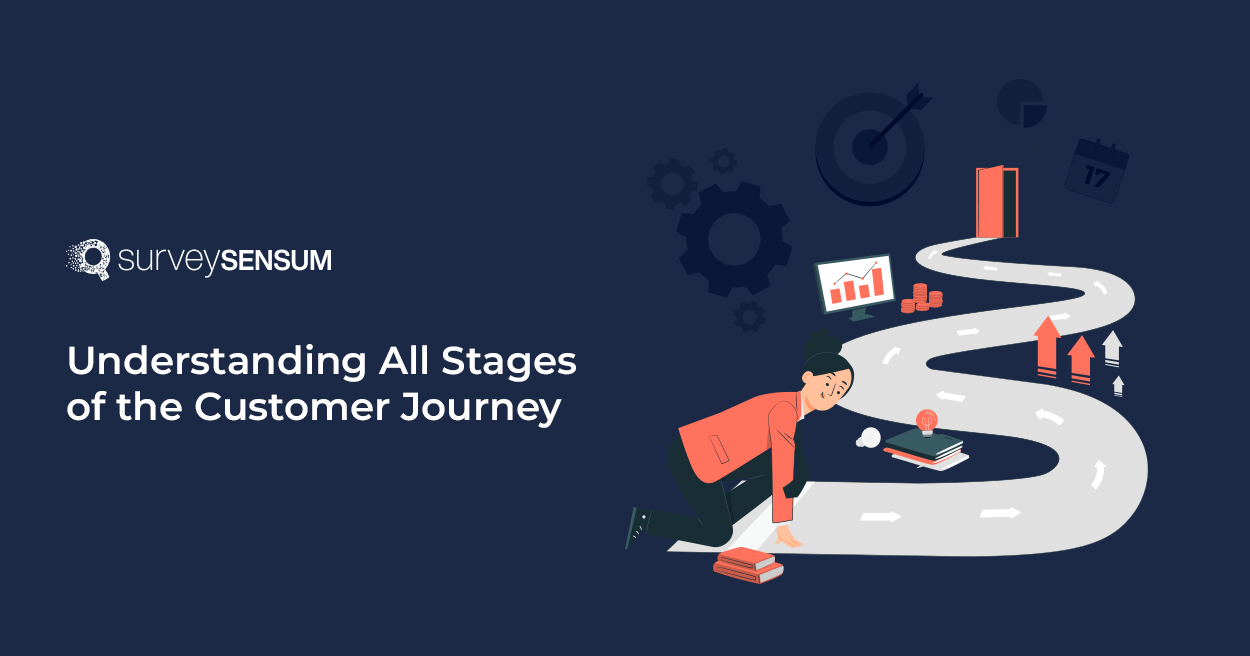
So, my friend Claire is a fitness freak. Recently, she stumbled across a website offering a revolutionary fitness gadget. Intrigued, she navigated the website and product and finally placed the order. When the package arrived, she found some glitches and contacted customer support for assistance. The responsiveness and effectiveness of the support team in resolving her issue became a pivotal moment in Claire’s customer journey. Her frustration turned into joy once again!
Claire’s story encapsulates the essence of a customer journey. Understanding these journeys is not just about mapping out the steps a customer takes – it’s about delving into the emotions, expectations, and challenges they face along the way.
What is a Customer Journey?
The customer journey is dynamic and multifaceted, encompassing stages from awareness and consideration to purchase and post-purchase engagement. Each of the customer journey stages allows businesses to craft tailored experiences, ensuring that the customer feels seen, heard, and valued.
So let’s deep dive into different stages of the customer journey. From the initial interaction to the post-purchase engagement, we will understand each phase, uncovering the touchpoints that shape the customer journey. Through insightful analysis, practical tips, and real-world examples, we aim to equip businesses with the knowledge needed to navigate and enhance their customers’ journey, leveraging the power of a robust customer feedback tool.
Let’s get started with the first of five stages of the customer journey – Awareness!
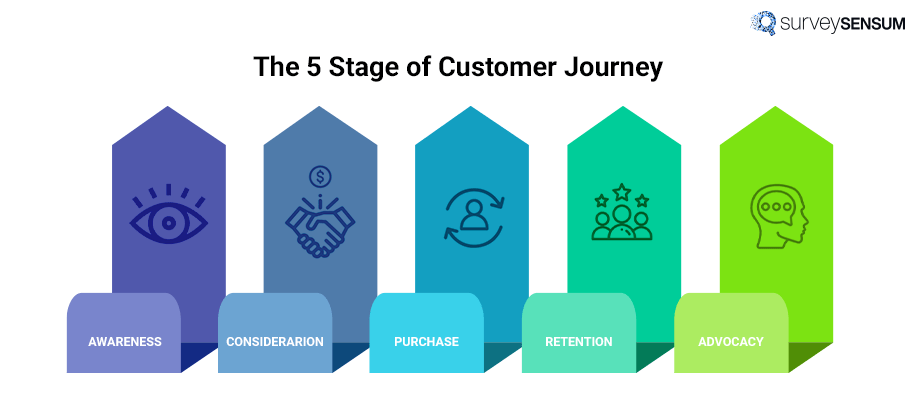
The awareness stage serves as the foundation, marking the initial encounter between a potential customer and your brand. Understanding how customers become aware of your brand, products, and services is crucial for laying a solid groundwork for their journey.
So, what strategies do you need to use at this stage? Let’s see.
Scenario: Emily, a fitness enthusiast, stumbles upon an online advertisement for a new fitness app while browsing social media. Intrigued by the promise of personalized workouts and nutrition plans, she clicks on the ad to learn more.
Key Touchpoints:
- Social media ad showcasing the app’s features.
- Landing page with engaging content and a call-to-action to sign up for a free trial.
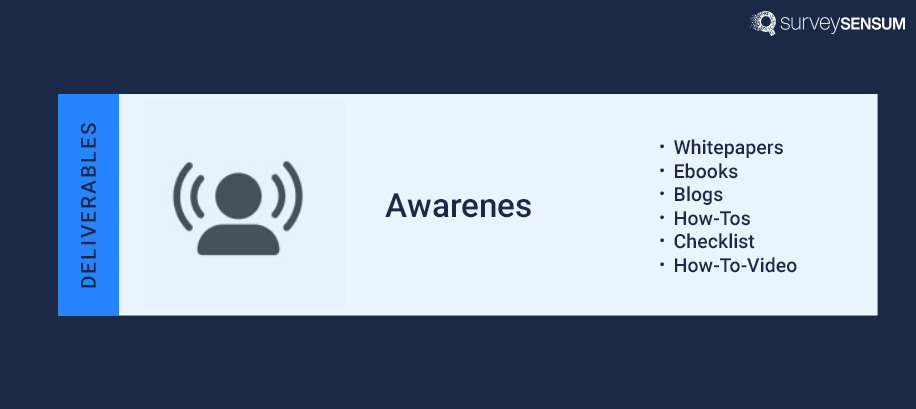
As customers progress through the different stages of the customer journey, the consideration stage emerges as a critical phase where they actively evaluate and compare various brands. This stage is characterized by a thorough exploration of options, making it imperative for businesses to strategically guide customers toward choosing their brand.
So, what strategies do you need to use at this stage? Let’s see.
Scenario: Impressed by the app’s features and positive user reviews, Emily decides to explore further. She compares it with other fitness apps, looks for testimonials, and reads blog posts on the app’s website.
Key Touchpoints:
- In-depth app features and benefits are explained on the website.
- User testimonials and success stories.
- Blog posts on fitness tips and the app’s unique approach.
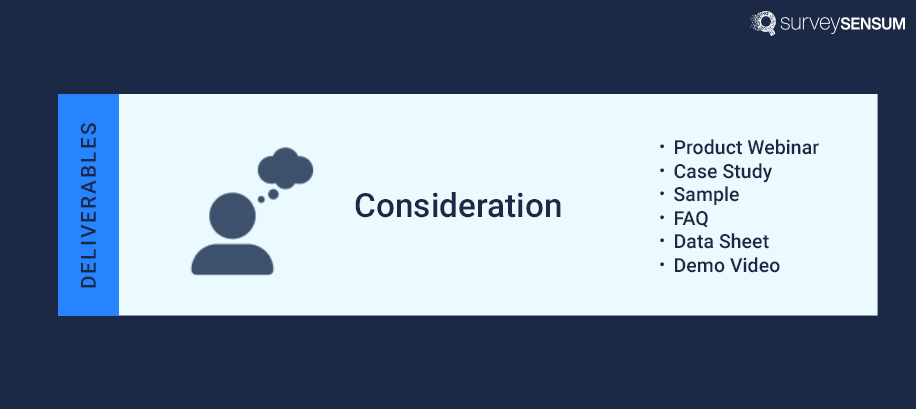
The decision stage is the most important stage of the customer journey, where potential buyers might or might not transform into your customers. Understanding the factors that influence purchasing decisions at this critical point is essential for businesses looking to optimize the conversion process.
So, what strategies do you need to use at this stage? Let’s see.
Scenario: Convinced that this app aligns with her fitness goals, Emily decides to subscribe. She navigates to the pricing page, reviews available subscription plans, and compares them to choose the one that best suits her needs.
Key Touchpoints:
- Clear and transparent pricing page.
- Options for different subscription plans with varying durations.
- A seamless and user-friendly checkout process.
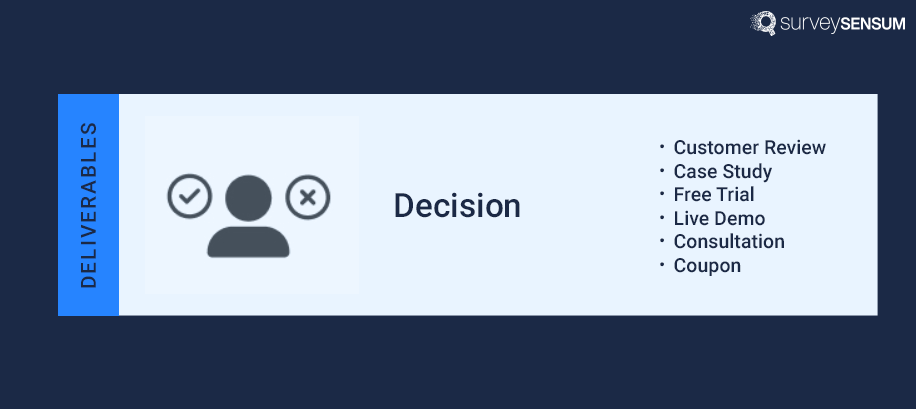
Launch Surveys to Leverage Customer Feedback to Improve your Customer Journey
The post-purchase or customer retention stage is where businesses can solidify their relationship with customers, transforming one-time buyers into loyal advocates. This stage is crucial for fostering customer loyalty, increasing customer lifetime value, and creating a community of loyal customers. This stage is all about creating personalized communications and experiences with customers based on their preferences, purchase history, and behaviors.
So, what strategies do you need to use at this stage? Let’s see.
Scenario: After subscribing, Emily starts using the app regularly. She receives a personalized welcome email with tips on getting started and setting fitness goals. Over the next few weeks, the app sends her motivational messages, workout reminders, and nutrition tips.
Key Touchpoints:
- Personalized welcome email.
- In-app notifications for workout reminders.
- Periodic emails with fitness tips and success stories.
- Access to exclusive content for subscribers.
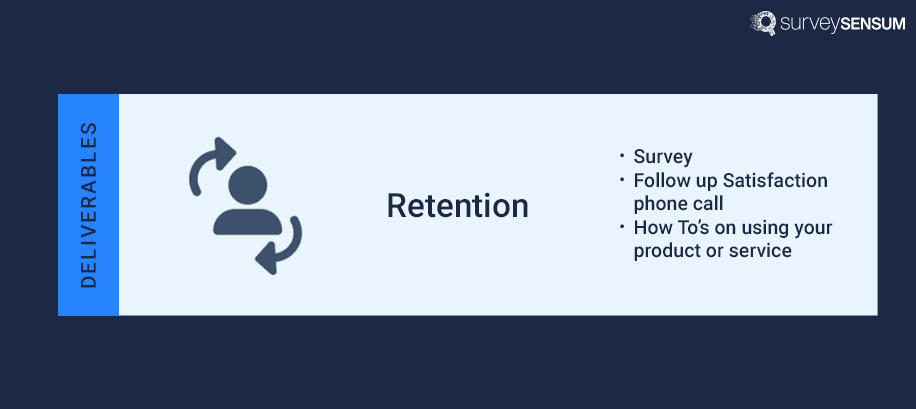
The advocacy stage represents the pinnacle of customer loyalty, where satisfied customers not only become loyal customers but willingly share their positive experiences with others and become brand advocates. This stage is a testament to the success of your customer-centric approach and the creation of a community of loyal customers.
So, what strategies do you need to use at this stage? Let’s see.
Scenario: Emily, now a loyal user, achieves significant fitness milestones using the app. Impressed with her progress, she shares her success on social media, writes a positive review, and refers the app to her friends and family.
Key Touchpoints:
- Social media posts highlighting achievements.
- Positive reviews on app stores and websites.
- Referral program encouraging users to share the app with others.
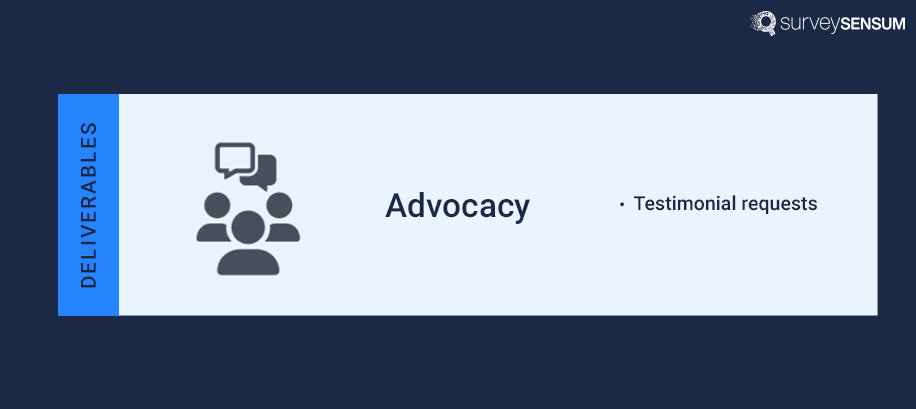
So, there you have it! All the important and practical strategies and tips you can implement to improve the different stages of your customer journey.
In conclusion, the stages of the customer journey from awareness to advocacy are not a linear progression but something that happens in cycles where each stage informs and enriches the others. The strategies outlined in this blog will help you achieve holistic customer engagement – from the initial interactions to the ongoing relationship-building that transforms customers into brand advocates.
But these strategies are half-baked with the integration of a robust customer experience management system like SurveySensum. This tool not only helps you gather customer feedback the right way and at the right time but also helps you analyze and understand your customer’s pain points, expectations, and needs in a comprehensive manner. The tool also comes with the industry-best CX experts who provide end-to-end support so that you can make your CX program a success!
